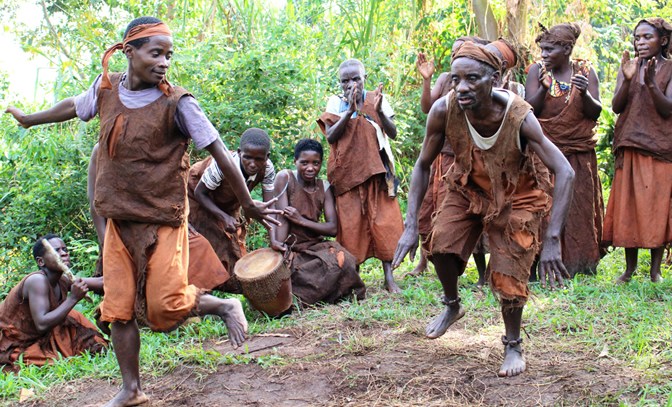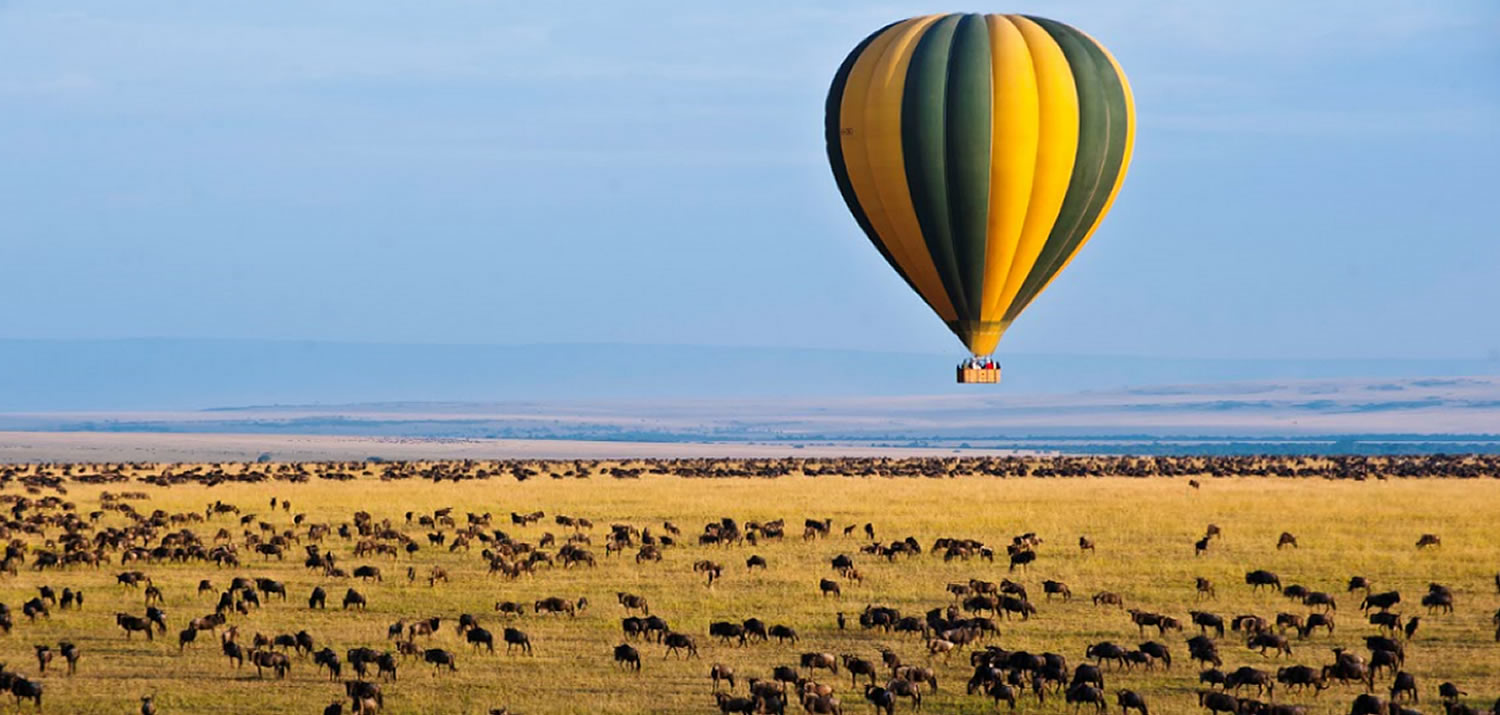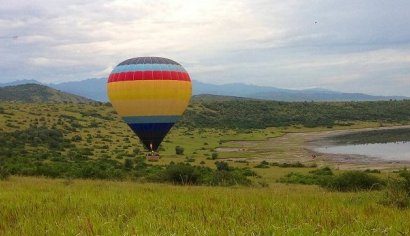Serengeti National Park
Serengeti National Park located in Tanzania in the Serengeti ecosystem in the Mara and Simiyu regions.
It is famous for its annual migration of over 1.5 million white-bearded (or brindled) wildebeest and 250,000 zebra.
In addition to all the attraction, it also has numerous Nile crocodile and honey badger.
The park covers 14,750 square kilometres (5,700 sq mi) of grassland plains, savanna, riverine forest, and woodlands.
The park lies in northwestern Tanzania, bordered to the north by the Kenyan border, where it is continuous with the Maasai Mara National Reserve.
To the southeast of the park is the Ngorongoro Conservation Area, to the southwest lies Maswa Game Reserve, to the west are the Ikorongo and Grumeti Game Reserves, and to the northeast and east lies the Loliondo Game Control Area. Together, these areas form the larger Serengeti ecosystem.
The park is worldwide known for its abundance of wildlife and high biodiversity.
The migratory -and some resident- wildebeest, which number over 2 million individuals, constitute the largest population of big mammals that still roam the planet.
Some rarely seen species of antelope are also present in Serengeti National Park, such as common eland, klipspringer, roan antelope, bushbuck, lesser kudu, fringe-eared oryx and dik dik.
The Big Five in Serengeti
Perhaps the most popular animals among tourists are the Big Five, which include:
Lion: the Serengeti is believed to hold the largest population of lions in Africa due in part to the abundance of prey species. More than 3,000 lions live in this ecosystem.
African leopard: these reclusive predators are commonly seen in the Seronera region but are present throughout the national park with the population at around 1,000.
African bush elephant: the herds have recovered successfully from population lows in the 1980s caused by poaching, numbering over 5,000 individuals,[8] and are particularly numerous in the northern region of the park.
Eastern black rhinoceros: mainly found around the kopjes in the centre of the park, very few individuals remain due to rampant poaching.
Individuals from the Masai Mara Reserve cross the park border and enter Serengeti from the northern section at times. There’s currently a small but stable population of 31 individuals left in the park.
African buffalo: the most numerous of the Big Five, with around 53,000 individuals inside the park.
Carnivores -aside from the Big Five- include the cheetah – which is widely seen due to the abundance of gazelle .
About 4,000 spotted hyena, two species of jackals,
African golden wolf, honey badger, striped hyena,
serval, seven species of mongooses,
Two species of otters and the recently reintroduced East African wild dog (locally extinct since 1991).
Apart from the safari staples, primates such as yellow and olive baboons and vervet monkey, patas monkey, black-and-white colobus are also seen in the gallery forests of the Grumeti River.
Other mammals include aardvark, aardwolf, bat-eared fox, ground pangolin, crested porcupine, three species of hyraxes and cape hare.
Batwa Experience
This activity enable you to visit the former forest inhibitors specifically get an insight on how they survived their.
It usually ranges from $15 to $200, and in fact Depending on the community you choose to visit.
Forex ample it costs $70 to spend a day with the batwa in bwindi-buhoma
Community Tours
Community Tours usually Include visiting local communities that border these national parks and game reserves.
Interacting with some Community members, in particular visiting children centers among many other options.
Game Drive
A game drive costs usually vary in countries, however it includes riding through the open savanah or thick forests.
Fore example $40 per person as park entrance is the fee for non East African residents has to be paid before entering any park.
This is one of the most fascinating activities on a safari, you get to interact with unique wild life.
In this activity, cameras, and also binoculars cannot be put to rest.



